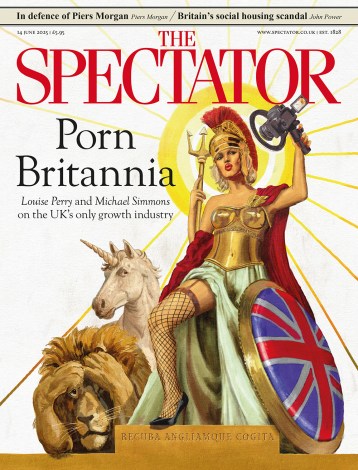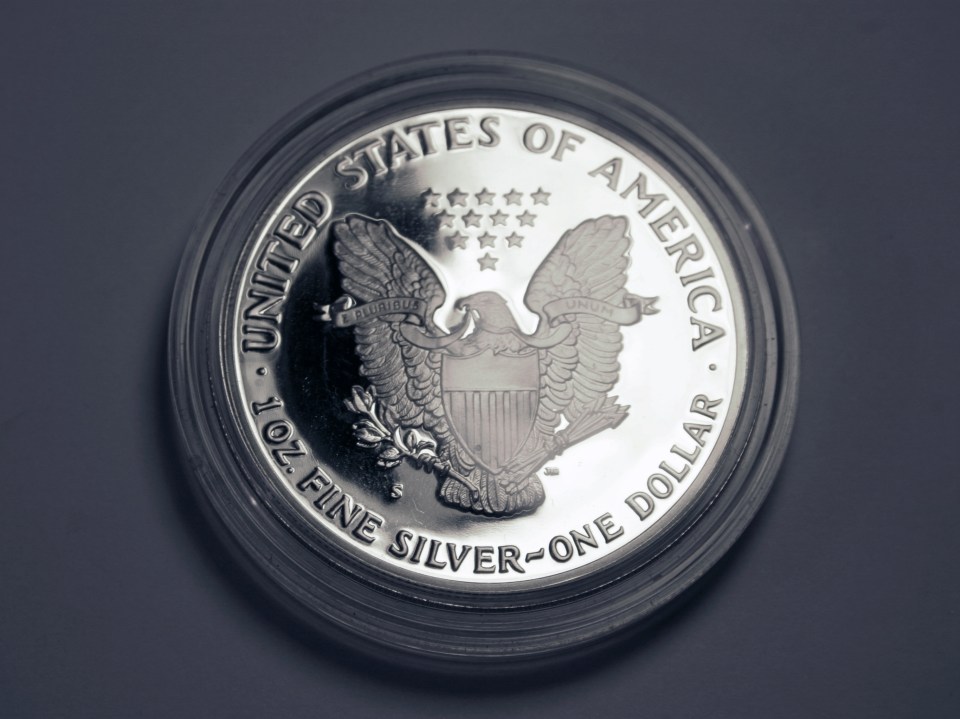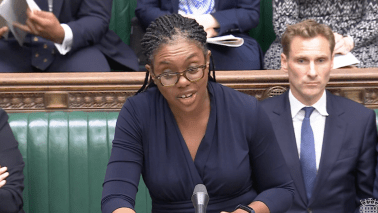It must be a couple of years since, spooked by the banking crisis and walking past the Savoy hotel on the Strand, I remembered a clever but impetuous Polish friend’s advice to buy bullion — silver or gold — and his mention that there was a respectable dealer in the Savoy arcade. And as I walked I had found my feet all but drawn by some mysterious, irrational force into the arcade. I had struggled home with an implausibly heavy briefcase. The bullion-buying phase of my life, phase one, had begun. I made arrangements for secure storage with a bank, and cancelled further payments into my pension plan.
I wrote about that day for the Times. I have not written about it since. Readers who post comments online sometimes ask how my investments are doing; some sneer; some seem envious; others are curious.
And my answer? I have entered phase two. Which is lucky. In phase one I should have found recent plummeting gold prices hard to take.
Phase one was characterised by a suspicion that I knew to be exaggerated but which nagged me nevertheless: that the global economy might crash again; that the price of gold and silver would soar; and that I should make big speculative gains on my purchases. This, I suppose, was the casino phase of my bullion-buying spree: quite short-term and desirous of a large, one-off gain.
It never occurred. Silver did rise, then fell back a bit, but remains more valuable than when I bought mine. But my notional gains are modest. Gold rose quite a lot, then fell right back and has been falling as I write. I’m certainly nursing a loss on my Britannia coins. Had I put the savings in my Northern Rock (now Virgin Money) account, I should have done a good deal better. But my holdings are modest and the sums are not significant.
For the first six months or so after my visits to the bullion dealer I would study movements in the price of silver and gold almost every day, using a site (one of many) that records these, called Kitco. Sneaking my Kitco moment before bed and rising the next morning, I began to feel a bit like a 21st-century equivalent of George Eliot’s Silas Marner, counting his gold in his hovel. It was rather shaming.
Then, somewhat to my relief, I became bored with this degrading habit. Prices went up then down then up, and it struck me that as I did not need or plan to sell, it was a waste of time to follow fluctuations day by day; and I drifted away from Kitco, until the stage was reached when I could (and can, now) go for weeks or even months at a time without thinking about the price of bullion.
Yet I’ve bought more, and have not the least intention of selling. This, despite the fact that I now entertain no expectations of making a speculate killing. I don’t count or calculate any more. I just like to think of my hoard in its vault somewhere, and know it’s always — as it were — there for me; and that from time to time I shall add to it if I can. When the price goes up, I don’t think ‘maybe I should sell’; and when it goes down I don’t reproach myself for having bought.
This, then, is phase two; and it feels stable and looks like persisting. People and institutions buy land on a similar basis, as part of a long-term economic philosophy. If, then, a gambler’s hopes of a speculative killing characterised phase one, what human psychology drives phase two?
I’ve been giving thought to this since looking at a news story claiming that sales of silver bullion coins are headed for a record high. Yes, the sale of ‘American Eagle’ silver bullion coins soared last month, and sales have been breaking records for the past five years. The US Mint has twice recently been forced to suspend sales as demand for silver surged. Since 2000, US investors have purchased some $7 billion’s worth in silver, based on its current price.
But what that report does not tell you is that the value of silver has actually been falling over much of the period when the volume of sales has been increasing. It does not, therefore, appear that buyers are for the most part driven by speculative fever. They are buying into a commodity while its price is falling as well as while it is rising. We do the same with potatoes, or petrol. If one didn’t know that there is nothing one can do with a pile of silver coins except store it or count it, one would conclude that, as with petrol or potatoes, people are buying silver because they have a use for it, regardless of its value.
So small investors in America seem to be, like me, in phase two of the bullion-buying habit. They just want to have it. Why?
I suspect the reason is this. The immediate panic that followed 2008 has passed. People are no longer switching on the news every morning to find out whether the global economy (and with it their world) has ended. Nor do they expect other people to believe this, sparking a hysteria that could make the fortunes of those with bullion. They think that, on balance, next year will be rather like this year; as will the one after that. No great urgency attaches to personal financial decisions.
But in the back of our minds lurks the possibility that, sooner or later and quite possibly later rather than sooner, paper currencies will lose a lot of their value: not perhaps overnight, but steadily, as governments keep interest rates (and returns on savings) low, and print more money to shrink their debts and get growth started; and inflation eats into savings. So (unconsciously) we are now looking at the middle-to-long-term benefits of owning bullion, and taking out a modest insurance policy on the possibility that our more conventional savings may be whittled away by politicians.
No apocalypse, then — or probably not. Just a gradual, bearable, steady impoverishment in a world where savings linked to the value of paper money languish. A long-stop based on mild, long-term, chronic and half-conscious pessimism: a plan-B pension that the politicians can’t touch.








Comments